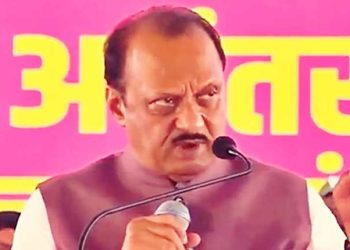Lucknow: The master plan for the temple town of Ayodhya that will govern its development for the next decade has been approved by Chief Minister Yogi Adityanath.
The master plan aims at improving the living standards of about 12 lakh people who will occupy an area of 133.67 square kilometres.
The master plan 2031 was presented by the housing and urban planning department to the chief minister after disposing of 1,084 objections that were raised by the citizens. The department also had to finalise the facade control guidelines and a common building code.
Principal secretary, housing, Nitin Ramesh Gokarn said that approval of the Ayodhya master plan was fast tracked to promote holistic growth of the city. The last master plan for the development of Faizabad/Ayodhya was prepared in 1983 and lapsed in 2001, he added.
The Yogi government approved the Ayodhya 2031 master plan before those of other cities.
Ayodhya Development Authority (ADA) vice-chairman Vishal Singh said, “The plan is going to be implemented in the city soon. The zoning regulations will be the first thing to be taken up by the authority.”
The experts who prepared the master plan noted that attention will be needed to transform seven slum settlements in the city which have close to 4,295 households.
As more than two crore tourists visit the city annually, the experts urged the local authorities to work on a long-term tourism plan to create more employment for residents and generate revenues.
It is expected that by 2031, more than four crore tourists will visit the city annually.
The master plan has also made a case before the local authorities to take immediate steps to increase the existing number to 25,000 rooms of different categories to cater to the foreign and domestic tourists. Presently the city has only 592 rooms to offer across 17 hotels.
The dharamshalas in the temple town can accommodate another 5,500 individuals in the present scenario.
The planners also studied the traffic volume and identified five busy road stretches where intervention was required to bring down congestion.
(IANS)





















